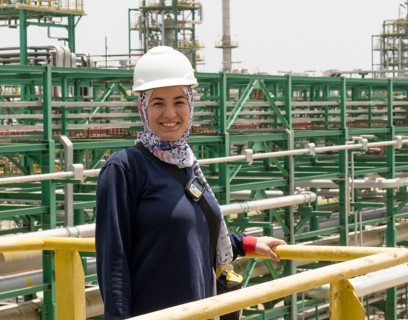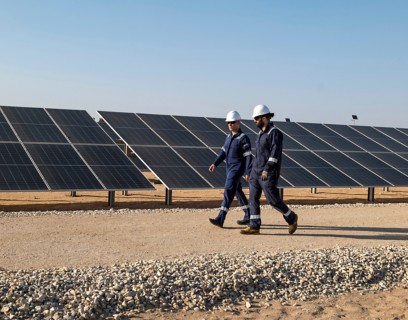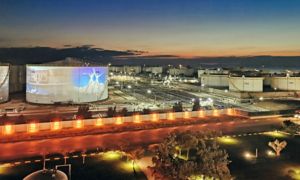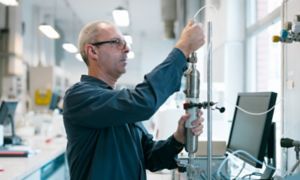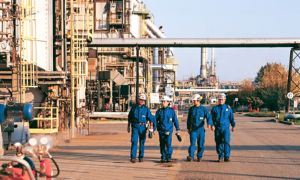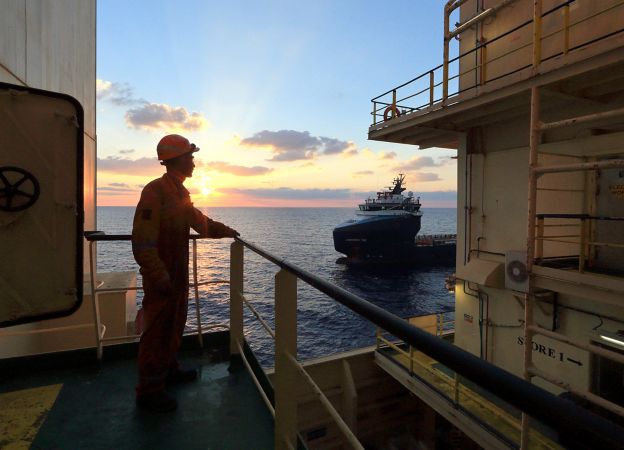
MyEni Login
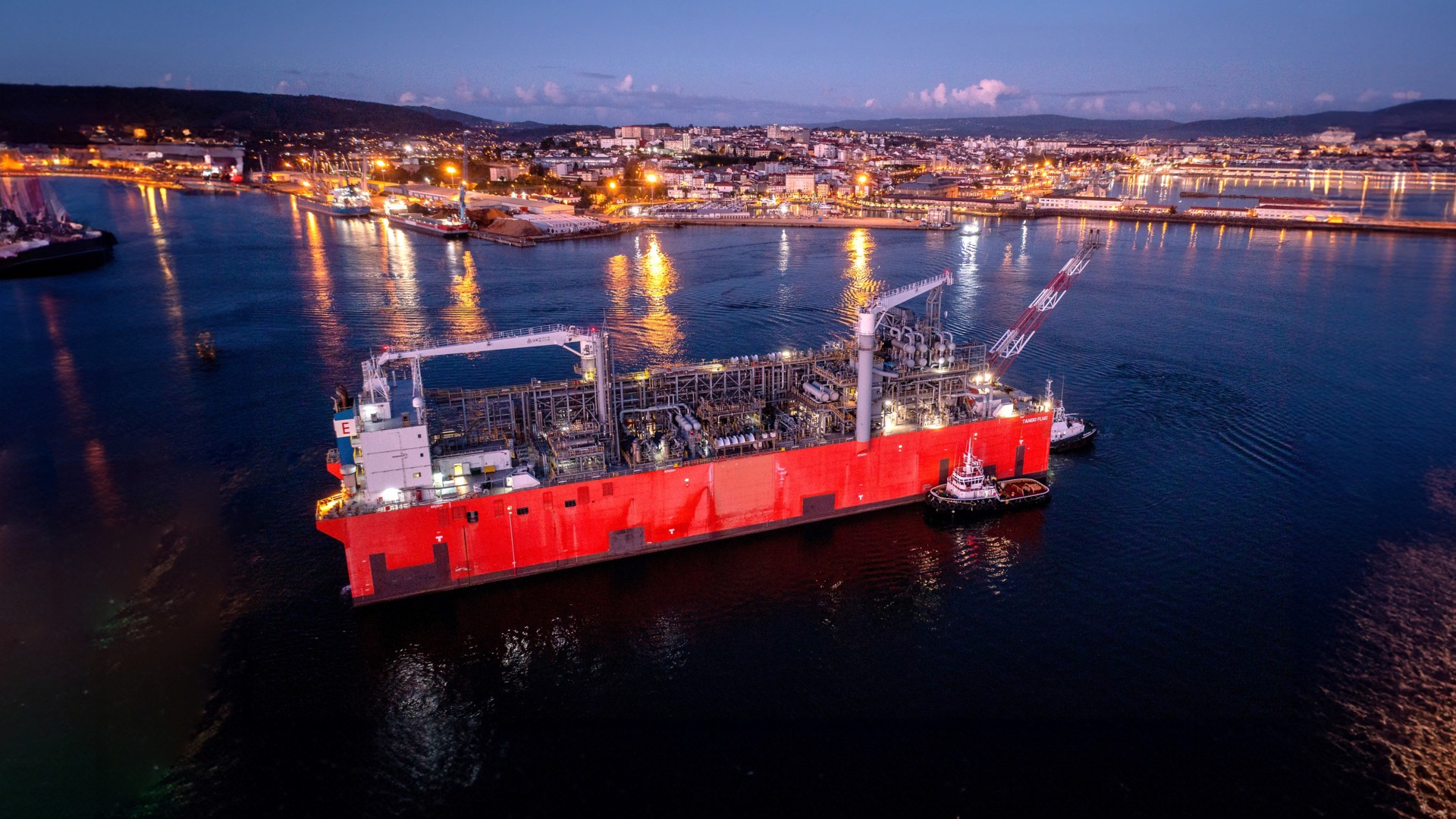
Energy derived from natural resources such as hydrocarbons remains a necessary tool to ensure access to energy for a world that is growing in terms of demographics and consumption. Even in its Net Zero scenario, the most challenging for reducing greenhouse gas emissions, the International Energy Agency (IEA) predicts that Oil & Gas will remain necessary even in 2050, albeit with a more limited production. At the same time, it is essential to apply the best available technologies to these activities for energy efficiency and emission reduction, for example with CO2 capture, storage, and utilization (CCUS) projects.
Exploration remains what sets Eni apart and is a strategic driver of the decarbonization pathway, in the dual role of guaranteeing the replacement of the reserves produced to ensure the energy supplies the Company needs during the transition, and aligning the resource portfolio with the objectives of the production mix and medium- to long-term emission profiles consistent with the Net Zero target.
In particular, natural gas remains central to our production mix, supporting energy security and value creation in the long term. Among fossil fuels, gas has the lowest carbon footprint, assuming a role in supporting the energy transition. For this reason, the gas component will be increasingly present in our hydrocarbon production.
From exploration to production
Final production is the goal of our operations right from the exploration stages: by integrating the studies of our Research Centres and the analysis capacity of HPC6 supercomputer, we acquire advance information on the potential field in order to design the development right away. The field is then gradually brought into production so that the new infrastructures can be incorporated and production capacity consequently increased. Exploring and extracting from the site quickly allows us to provide a rapid response to the demand for energy. With this in mind, the Dual Exploration Model allows us to anticipate cash flow by divesting minority interests in the fields, thus obtaining useful resources to be reinvested and making the process even more efficient.
In more technical terms, the success of our development model is based on:
- the parallelisation of phases (appraisal, pre-development, engineering)
- a modular approach with accelerated start-up in early production and subsequent ramp-up
- the minimisation of financial exposure
- insourcing the critical project phases (detailed engineering, production supervision commissioning/hook-up) where our expertise can be applied.
Development operations
The field must be put into production in order to retrieve the hydrocarbons, drilling an optimal number of production wells and installing the necessary equipment to remove any unwanted components (such as solid particles, water, salts, etc.) from the gas and oil and separate the liquid phase of the oil from the gas phase. Development operations at sea are more complex, with production wells being drilled from various kinds of fixed platforms (steel, concrete, semi-submersible or even anchored with cables) that are often extremely large and channelled in such a way as to drain the largest possible area from a single station.
Highlights
The results of our Oil & Gas activities and our goals for the future.
(barrel of oil equivalent) hydrocarbon production in 2024
resources discovered in Oil & Gas in 2024 (billion barrels of oil equivalent)
(billion cubic feet) annual natural gas production (2024)
in upstream production by 2030
total heavy oil conversion rate in Sannazzaro de' Burgondi refinery
(barrel of oil equivalent) hydrocarbon production in 2024
resources discovered in Oil & Gas in 2024 (billion barrels of oil equivalent)
(billion cubic feet) annual natural gas production (2024)
in upstream production by 2030
total heavy oil conversion rate in Sannazzaro de' Burgondi refinery
Financial highlights
Annual Report 2024
proforma adjusted EBIT - Exploration & Production
Cash flow per Boe - Exploration & Production
Interactive charts and tables
A fast and modular model to speed up project development
The recovery of hydrocarbons from fields takes place with the optimal number of production wells, accompanied by the necessary equipment. Once extracted, the hydrocarbons are processed and sent to the market via pipelines or ships or are stored as an energy reserve. The global energy market requires rapid response times. The time-to-maket, the time required to actually start selling hydrocarbon production, must be as fast as possible. In addition to the economic benefits, reducing time-to-market can generate environmental benefits by minimising on-field activities. In the context of natural gas, it also means accelerating the increase of the share of gas in the production mix.
In order to speed up this phase as much as possible, we use the fast track development model, which involves running the assessment and engineering development phases in parallel thanks also to the infrastructures already present in the area.
Furthermore, we use a modular approach with early production, followed by a gradual ramp-up. This exploration model ensures a time-to-market of approximately three and a half years from the discovery of a reservoir to its commissioning, about half the average in the energy industry.
Eni’s strategy and the role of Natural Gas
A key role in the net zero process is played by natural gas thanks to its flexibility and accessibility.
Production activities: the role of technology for reducing the carbon footprint of gas
Production operations, whereby the hydrocarbons are extracted from the deposit, processed at the plants and sent to the market by pipeline or ship, follow the development stage. The productive life of a deposit can last for decades, during which it will be continuously monitored and work carried out within the wells to optimise production, sometimes including advanced recovery projects that involve injecting gas or water to increase the quantity of hydrocarbons that can be retrieved.
For our production activities, we implement initiatives to monitor and reduce fugitive methane emissions and implement energy efficiency initiatives through our technologies. In doing so, we are meeting our decarbonization commitments aimed at achieving Net Zero Emissions (Scope 1+2) for the upstream natural gas business by 2030. The CO₂ capture and storage projects and the solutions developed by our Research Centres contribute to the reduction of net emissions, while Carbon Offset Solutions compensate for residual emissions.
Geosciences: technology and exploration skills to discover new fields
By investing in cutting-edge exploration technology, we gain an ever deeper knowledge of the subsoil.
Eni.com is a digitally designed platform that offers an immediate overview of Eni's activities. It addresses everyone, recounting in a transparent and accessible way the values, commitment and perspectives of a global technology company for the energy transition.
Discover our mission




